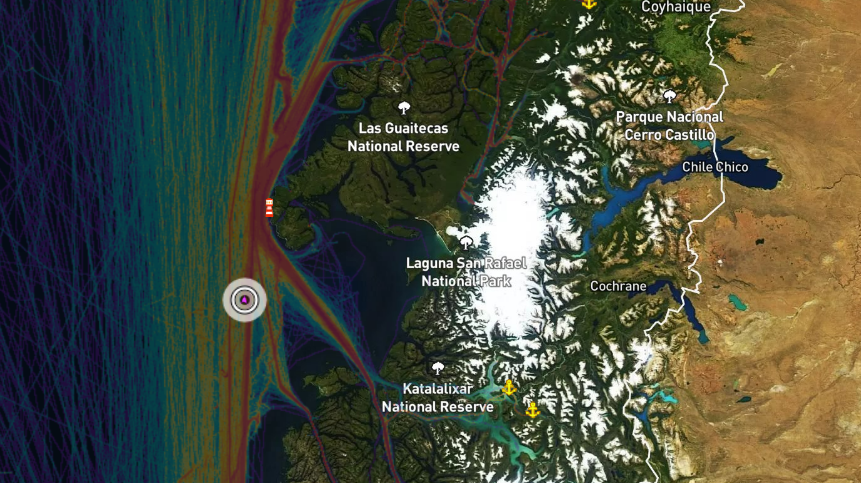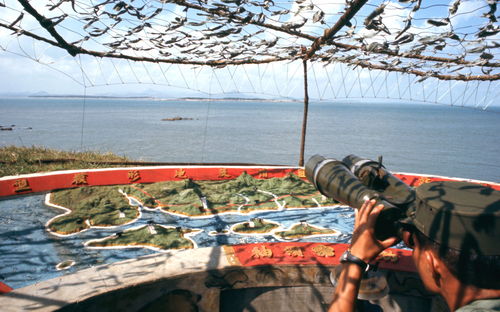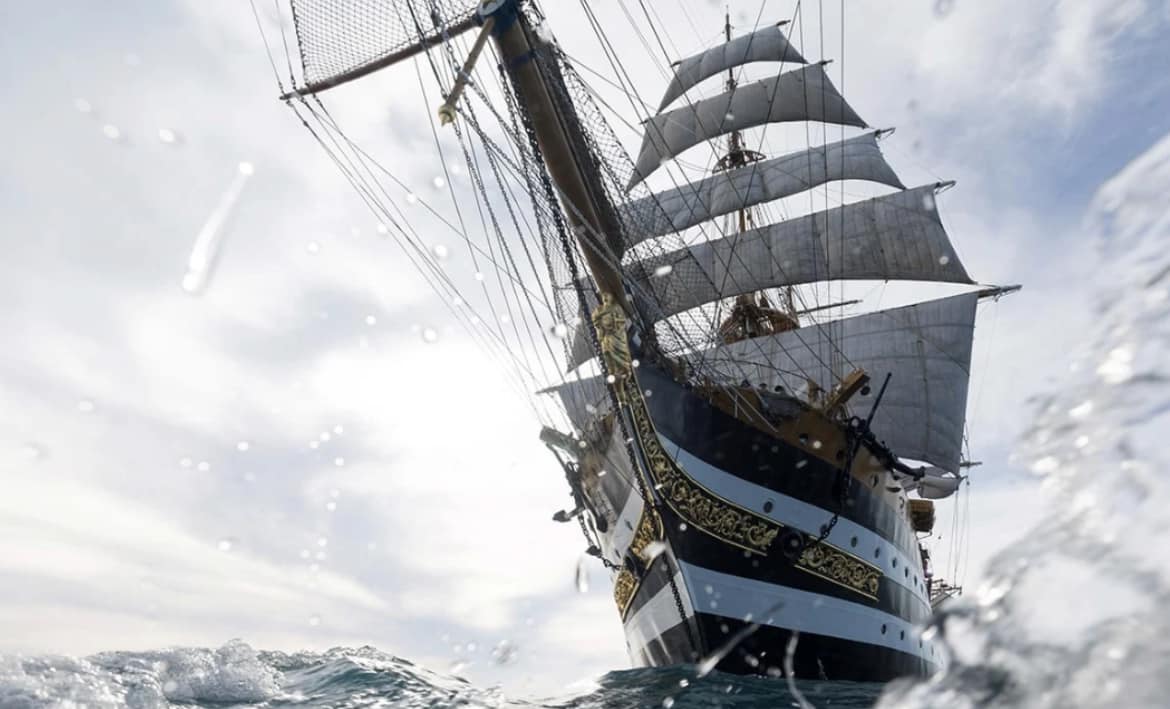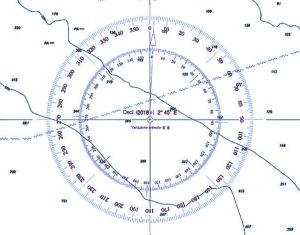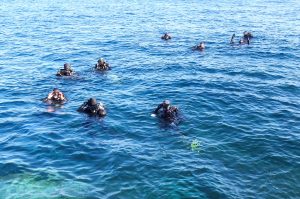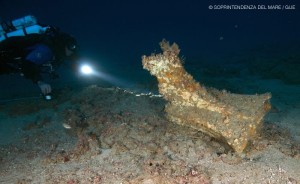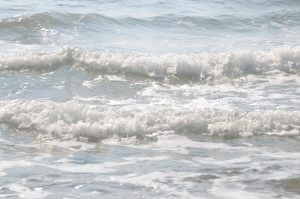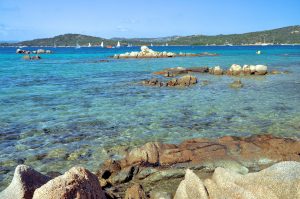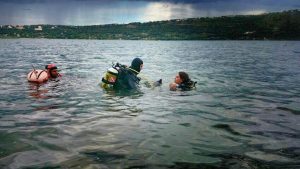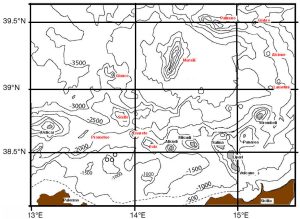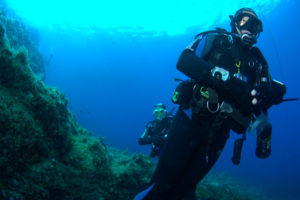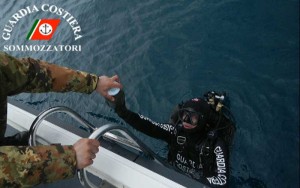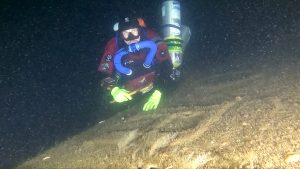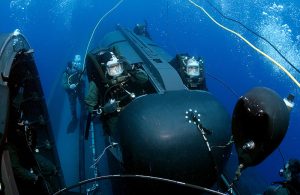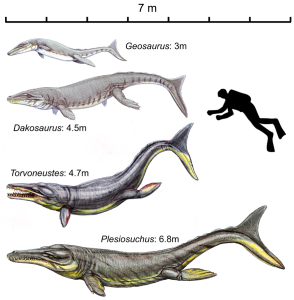.ARGOMENTO: BIOLOGIA MARINA
PERIODO: XXI SECOLO
AREA: DIDATTICA
parole chiave: medium – low frequencies sonar, US Navy experiment, underwater explosion
The U.S Navy plan to conduct underwater testing of explosive weapons and sonar devices in the Atlantic and Pacific oceans, including the Gulf of Mexico. These events are set to commence and take place from 2014 through 2019. Depending on the proximity, underwater explosions may injured whales and dolphins, according to two environmental impact statements released by the military.
Killing sounds
Naval operation might affect marine creatures. A lot of studies have been conducted by Navies to limit marine casualties on mammals and study the collateral phenomena due to sonar operations. A CE journalist, Arjun Walia (1), stated that these events have been occurring for a number of years, and are responsible for the death of large amounts of marine life. Apparently the Navy is not denying these facts and have admitted that most of the deaths would come from detonation of explosives, sonar testing. According to US Navy computer models, this activity could kill hundreds of whales.
According to Greenpeace, government estimates are calculated at 138,500 whales and dolphins will be injured or killed (2). Besides, apparently the U.S. Department of the Interior is considering allowing geophysical companies that work for the oil and gas corporations to use these techniques in the Atlantic Ocean, from Delaware to Florida (2).
The Navy is claiming that these tests are needed for homeland security. According to National Resource Defense Council (NRDC) policy analyst Michael Jasny, a study published in the Proceedings of the Royal Society shows that even mid-frequency noises disrupt feeding patterns in baleen whales and could negatively affect entire populations.
The NRDC cites multiple mass strandings on beaches after sonar has been used, including 200 beached melon-headed whales in 2004 off the coast of Hawaii. (3). Human technology is now drastically changing, damaging the delicate web of life and threatening life. Marine life is constantly dying, high intensity sonar alone used by the military can emit sounds as loud as a rocket blasting off. Offshore oil and gas exploration also make intense bursts. Imagine a day in your life disrupted by excruciating sound, sound so loud that it paralyzes you and your ability to function.
| Sonar, short for Sound Navigation and Ranging, is helpful for exploring and mapping the ocean because sound waves travel farther in the water than do radar and light waves. NOAA scientists primarily use sonar to develop nautical charts, locate underwater hazards to navigation, search for and map objects on the sea floor such as shipwrecks, and map the sea floor itself. video by NOOA |
To be noted: (from Wikipedia) … mitigation of Environmental impacts of the active sonar operation are required to be carried out by US law. Procedures for minimising the impact of sonar are developed in each case where there is significant impact. The impact of underwater sound can be reduced by limiting the sound exposure received by an animal. The maximum sound exposure level recommended by Southall et al. for cetaceans is 215 dB re 1 μPa2 s for hearing damage. Maximum sound pressure level for behavioural effects is dependent on context (Southall et al.). A great discussion is concerning on this issue has to do with what method of mitigation is sufficient. Navies therefore define their own mitigation requirements which may be different than the one used by civilians.
Examples of mitigation measures include (by wikipedia):
- not operating at night time
- not operating at specific areas of the ocean that are considered sensitive
- slow ramp-up of intensity of signal to give whales a warning
- air cover to search for mammals
- not operating when a mammal is known to be within a certain range
- on board observers from civilian groups
- using fish-finders to look for whales in the vicinity
- large margins of safety for exposure levels
- sonar not operating when dolphins are bow-riding
- maritime operations at less than full power
- paid teams of veterans to investigate strandings after sonar operation.
However must be noted that High frequencies sonar are not dangerous for animals and not influence animal life.
What about mammal sounds?
| http://www.ted.com Peter Tyack of Woods Hole talks about a hidden wonder of the sea: underwater sound. Onstage at Mission Blue, he explains the amazing ways whales use sound and song to communicate across hundreds of miles of ocean. |
References
(1) Arjun Walia is a freelance journalist who joined the CE team in 2010 for more mail to arjun@collective-evolution.com
(2) http://www.greenpeace.org/usa/en/campaigns/oceans/Seismic-Testing-Sonar-Testing/
(3) http://www.huffingtonpost.com/brenda-peterson/killing-with-sound_b_2744864.html
Una sorpresa per te su Amazon Music unlimited Scopri i vantaggi di Amazon Prime
Alcune delle foto presenti in questo blog possono essere state prese dal web, citandone ove possibile gli autori e/o le fonti. Se qualcuno desiderasse specificarne l’autore o rimuoverle, può scrivere a infoocean4future@gmail.com e provvederemo immediatamente alla correzione dell’articolo
PAGINA PRINCIPALE
![]()
- autore
- ultimi articoli
è composta da oltre 60 collaboratori che lavorano in smart working, selezionati tra esperti di settore di diverse discipline. Hanno il compito di selezionare argomenti di particolare interesse, redigendo articoli basati su studi recenti. I contenuti degli stessi restano di responsabilità degli autori che sono ovviamente sempre citati. Eventuali quesiti possono essere inviati alla Redazione (infoocean4future@gmail.com) che, quando possibile, provvederà ad inoltrarli agli Autori.
